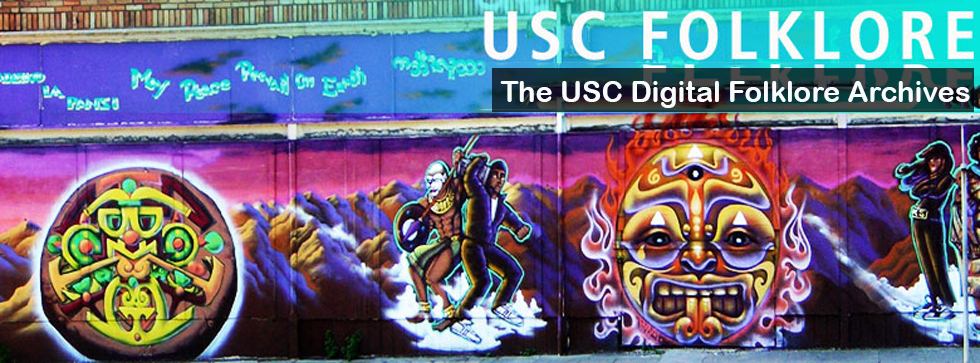Content:
Informant – “In early May, the Waldorf school hosts a May Pole celebration. In the central courtyard of the lower grades, the faculty erects a tall wooden pole crowned with a bouquet of flowers. Dangling from the top of the pole are long ribbons. Everyone is invited. Grades 1-3 dance and sing songs with their German and Spanish teachers. Then grades 4-6 dance around the maypole with the ribbons. Each grade has a specific dance, but all the dances are spiral. They interweave the ribbons, going in and out. 7th grade plays the music. Each dance has a very specific song.”
Context:
Informant – “The May Pole is a symbolic of the Earth reawakening. The dancing is circular, spiral, going in and coming out. It’s the rhythm of how the world works, an awakening and a sleeping, an awakening and a sleeping. As the outer world becomes more opulent, we see the green, smell the flowers, and inner world becomes sleepier. It’s a very joyful, very OUTWARD celebration. We are recognizing the earth crowned with flowers, the scent, the glory. It’s very very visual.”
The informant learned about this festival when she started teaching at the Austin Waldorf School. She knew about the May Pole before, but not the specifics.
Analysis:
Each grade has a specific role to fill in the celebration. It’s highly regulated. This adds to the community-centric atmosphere of the festival. Everyone has a role to fill. The spiral dancing reminds me of a flower unfurling, going from within to without. It’s interesting that such a joyous, gregarious celebration is so strictly controlled. There is no room for improvisation.
